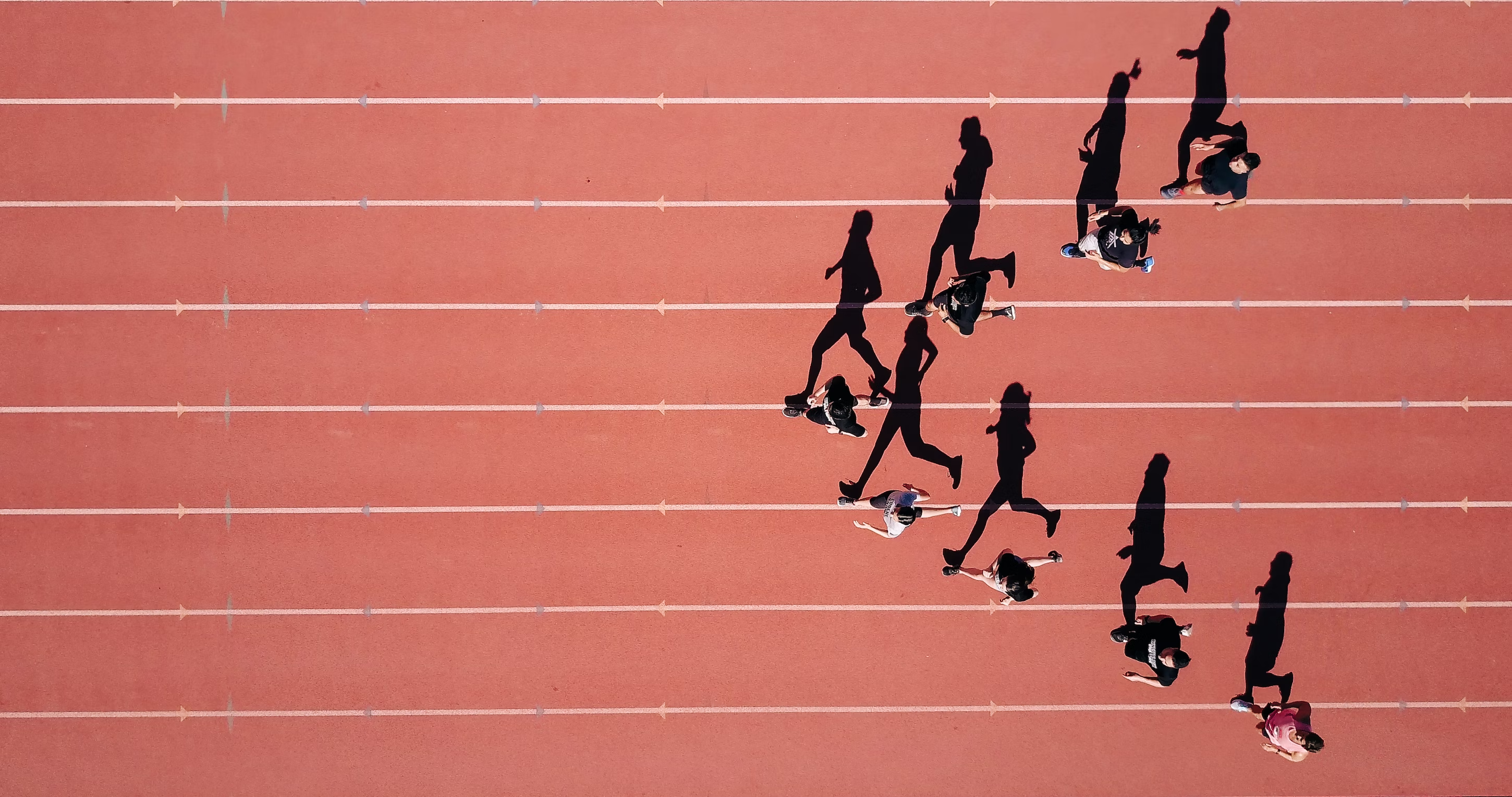The importance of PE in the school curriculum
Physical Education (PE) is an important part of the school curriculum, often overlooked in favour of academic subjects. But PE should not be seen as a “soft” subject – it plays an essential role in helping students to develop important physical and social skills that are essential for life. This article will discuss why PE should be given more importance in the school curriculum. We will explore how it can foster creativity, teamwork and other life-long skills in students that can help them become well-rounded individuals.
What is PE?
Physical education is an important part of the school curriculum. It helps children develop physical skills and knowledge and allows them to be active and physically healthy.
PE also promotes social skills such as teamwork, communication and cooperation. These are essential life skills that children will need to be successful in their future lives.
Without PE, children would miss out on all of these important benefits. That’s why it’s so important that schools offer a high-quality PE curriculum that gives all children a chance to get involved and thrive.
Why is PE important?
There are many reasons why physical education (PE) is an important part of the school curriculum. PE helps children and young people to develop physically and mentally and can also have positive social and emotional benefits.
Physical development is a key reason why PE is important in schools. Regular participation in PE can help children and young people to develop their motor skills, build their strength and endurance, and improve their coordination. These physical benefits can positively impact academic performance as well, as physically active children tend to have higher levels of concentration and attention.
Mental health is another key reason why PE matters. Exercise has been shown to release endorphins, which have mood-boosting effects. This means that regular participation in PE can help children and young people to feel happier and more confident. The social aspects of PE are also important, as it gives children a chance to interact with their peers positively. Participating in team sports can teach cooperation and communication skills while also helping to promote fair play and respect for others.
The benefits of PE
When it comes to the benefits of physical education, there are many. First and foremost, students who participate in PE classes tend to have better overall fitness and health. They are also less likely to suffer from obesity and other weight-related issues. In addition, PE can help improve students’ focus and concentration and their ability to work cooperatively with others. All of these skills are important not only in school but in life as well.
How to make PE fun for kids
It is well-documented that physical activity is essential for children’s health and development. However, many kids today are not getting enough exercise. According to the Centers for Disease Control and Prevention (CDC), only one in three children aged six to 17 years old meet the recommended 60 minutes of daily physical activity.
There are several reasons why kids might not be getting enough exercise, but one major factor is that they don’t find traditional PE classes fun. If kids are not enjoying themselves, they will not be motivated to participate.
So how can we make PE more fun for kids? Here are a few ideas:
Get them moving right from the start: Kids should be active as soon as they walk into the gym or playground. Avoid having them sit around and listen to a long lecture; instead, get them up and moving with some simple exercises or games.
Make it competitive: Most kids love competition and will work harder if they are trying to beat their classmates or earn points for their team. Incorporate some friendly competition into your lesson plans.
Use props and equipment: Many kids get bored with traditional PE activities like running laps or sit-ups. Spice things up by incorporating props and equipment such as hula hoops, balls, jump ropes, and cones.
Get creative: There are endless possibilities when designing PE activities – so get creative!
Conclusion
Physical Education has many benefits and is an important part of any school curriculum. It helps to cultivate physical fitness and teaches teamwork, sportsmanship, and discipline skills. Physical activities can also help reduce stress levels and improve mental health. PE classes provide students with opportunities for self-expression, creativity, exploration and leadership development. Physical Education has countless advantages that make it invaluable in the educational system, making it an essential subject for every student’s learning experience.
